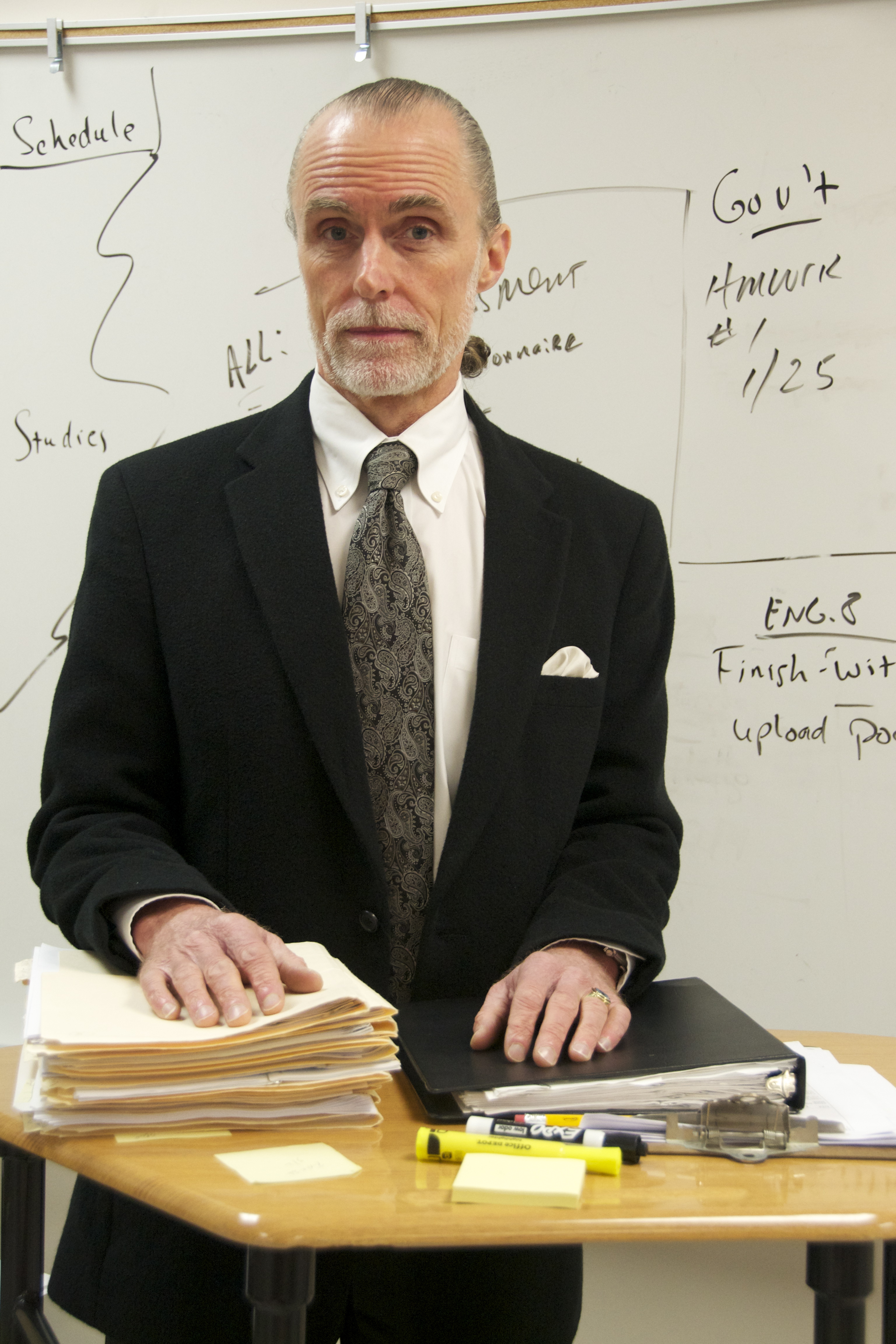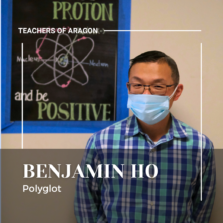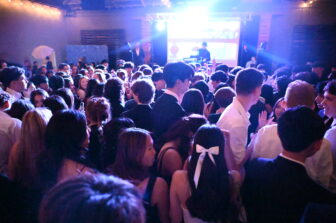
Federal law requires that public school districts offer an educational environment to suit all students’ needs. Aragon’s special education program accommodates students with mild to moderate disabilities.
To accommodate the variety of needs, Aragon offers a spectrum of special education services that ranges from non-intensive to intensive. Special education history teacher and department co-chair Michael Gibbons says, “Non-intensive means [students] take their curricular classes in general education, and they are supported with a Directed Studies class in which they come in, and they get help staying current, working on assignments and working on essays.”
In the Directed Studies class, students can benefit from a high level of individualized help which general education teachers often do not have the time to provide.
The intensive program follows in the same vein of individualized help. Gibbons says, “Intensive means that they are getting some of the curriculum through me or through another special ed teacher. So the smaller the class, the more intensive the involvement of the special ed teacher … My smallest class is 14, my biggest class is 19.”
Special education department co-chair Julie Suess teaches both special and general education math as well as three periods of directed studies. In regards to the curriculum, she says, “As far as what we offer [in the intensive program], we offer all the academic classes: the math, the English, the science and the history that are required for graduation … So [our students] are in general education PE, they are in general education art. It’s only the four core subjects that we teach, plus Directed Studies.”
Students in the intensive program do not need to take all their curricular subjects through the special education program. As Gibbons explains, “A majority of [special education] students are in a majority of general education classes … Typically we will try to push them into as many general education classes as possible.”
Special education focuses on helping students while keeping them as open as possible to the standard curriculum. “We teach the same curricular subjects. We teach the same units,” Gibbons says. “I get to tailor it more for the students. We start with the same package, but I am able to drop some things, change some things, switch them around so that it’s more accessible for the students.”
Special education teachers go beyond simply offering a more accessible approach to the curriculum. Gibbons explains how a special education teacher’s workload differs from that of a general education teacher: “We each have our caseload of students [for whom] we are directly responsible … For the 24 [students] I have on my caseload, that means I am monitoring their progress in all their classes, I write their Individualized Educational Plan (IEP) and hold [annual meetings for each student]. I am their academic counselor as well.”
Aragon has five special education teachers. This means that the teachers often instruct the same student for multiple years. Suess says, “In the past, I’ve taught all three years of math to special ed students, so by the time they graduate I’ve taught them for at least three years. And so watching them, in May, walk across the stage, successful high school graduates? Huge. That’s why I [teach].”
The road doesn’t stop after high school. Suess says, “I ran into one [of my previous students recently] who … is almost done at CSM and is going to transfer to a communications degree at San Francisco State in the fall. These students who many people would look at and say ‘They’re never going to go to college, they’re never going to succeed, they’re never going to go four years and get a degree,’ I’m like, ‘I have a lot of students who are doing that,’ and it’s awesome.”
“I think all students want to be successful,” Gibbons says. “I just think that by the time they come to high school they have learned some inaccurate lessons about themselves and maybe have picked up some maladaptive behaviors, that’s all it is. I think you need to approach them with an unconditional positive regard, and try to establish some sort of relationship with them. I think that works for most people.”




